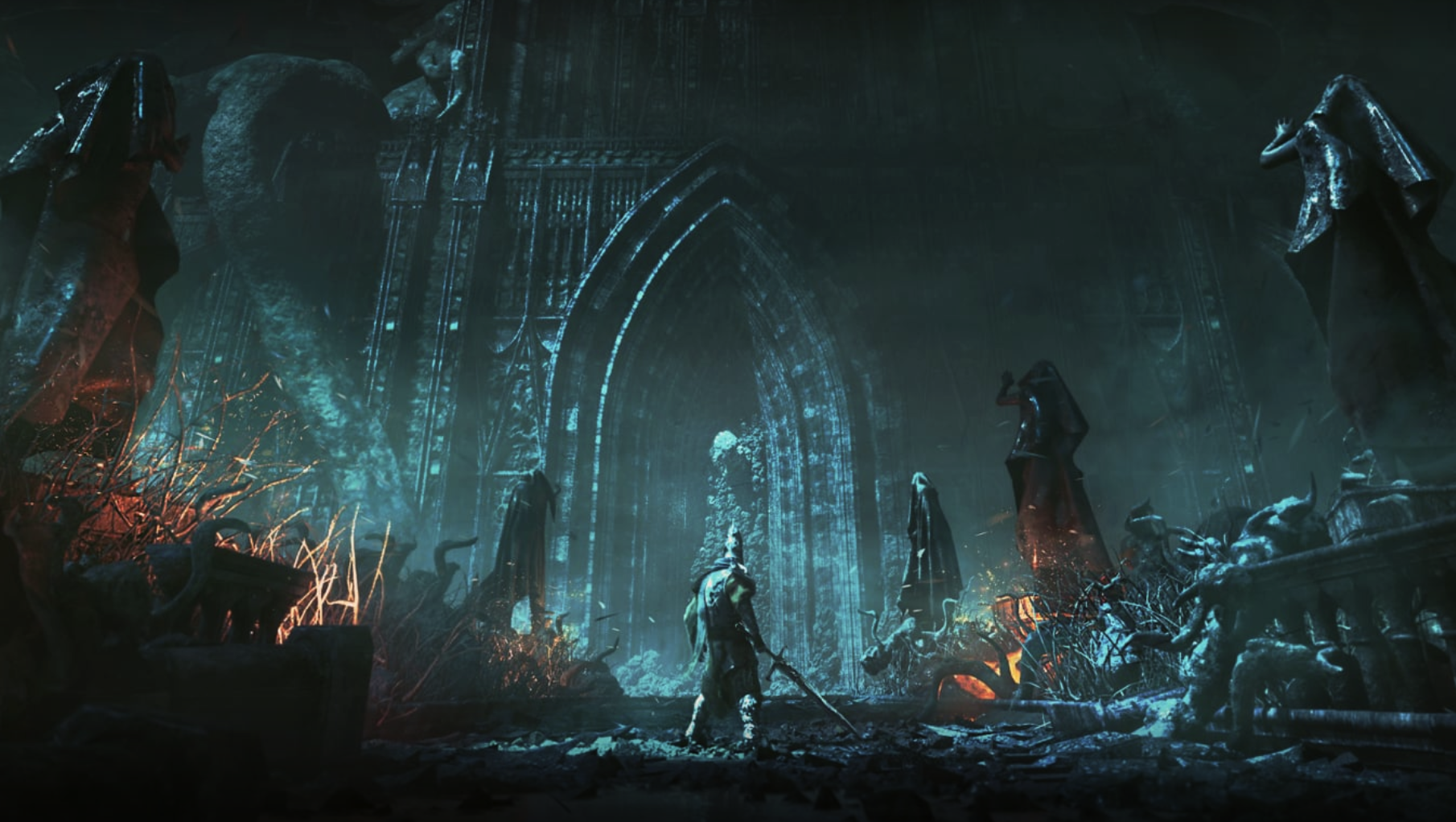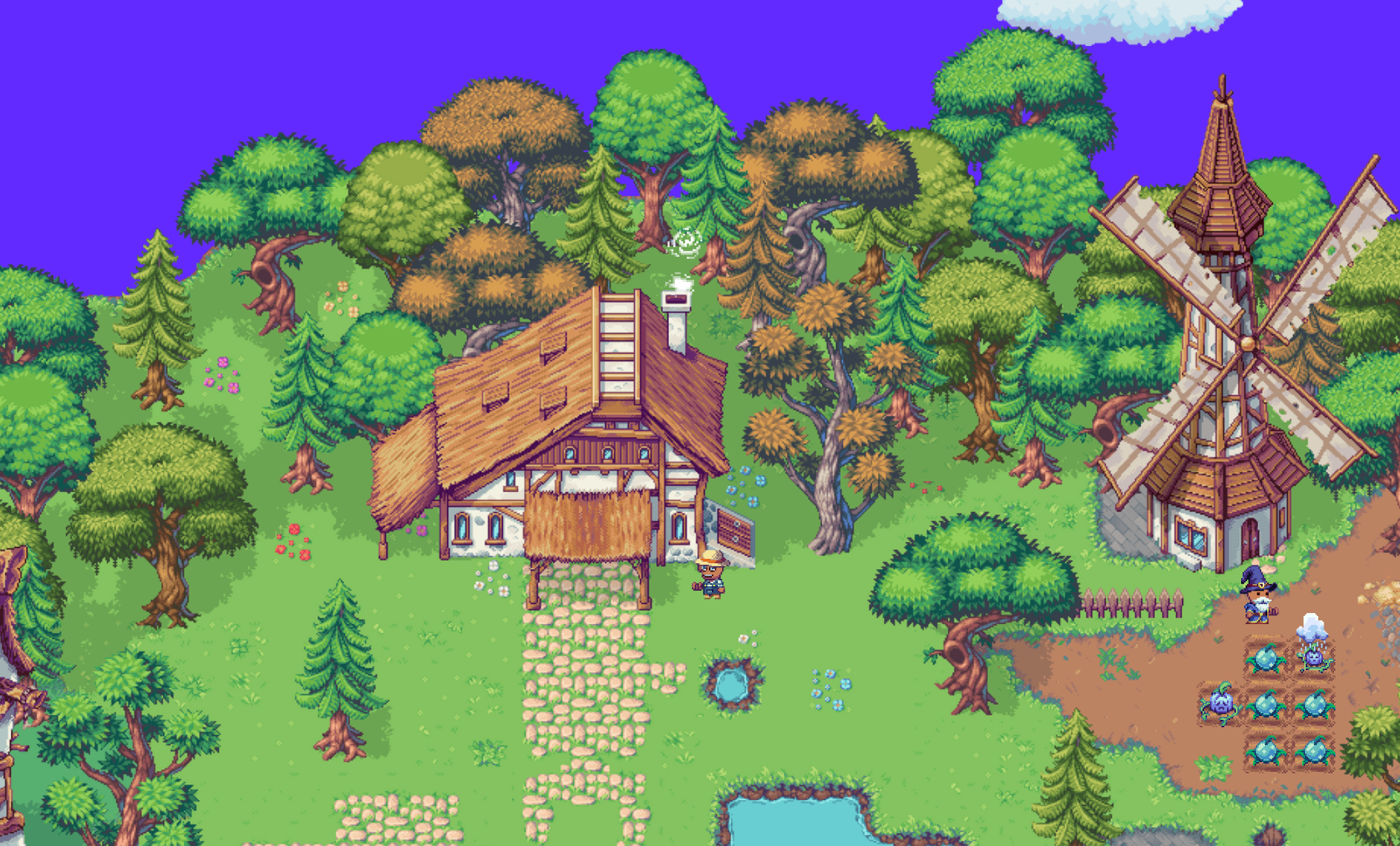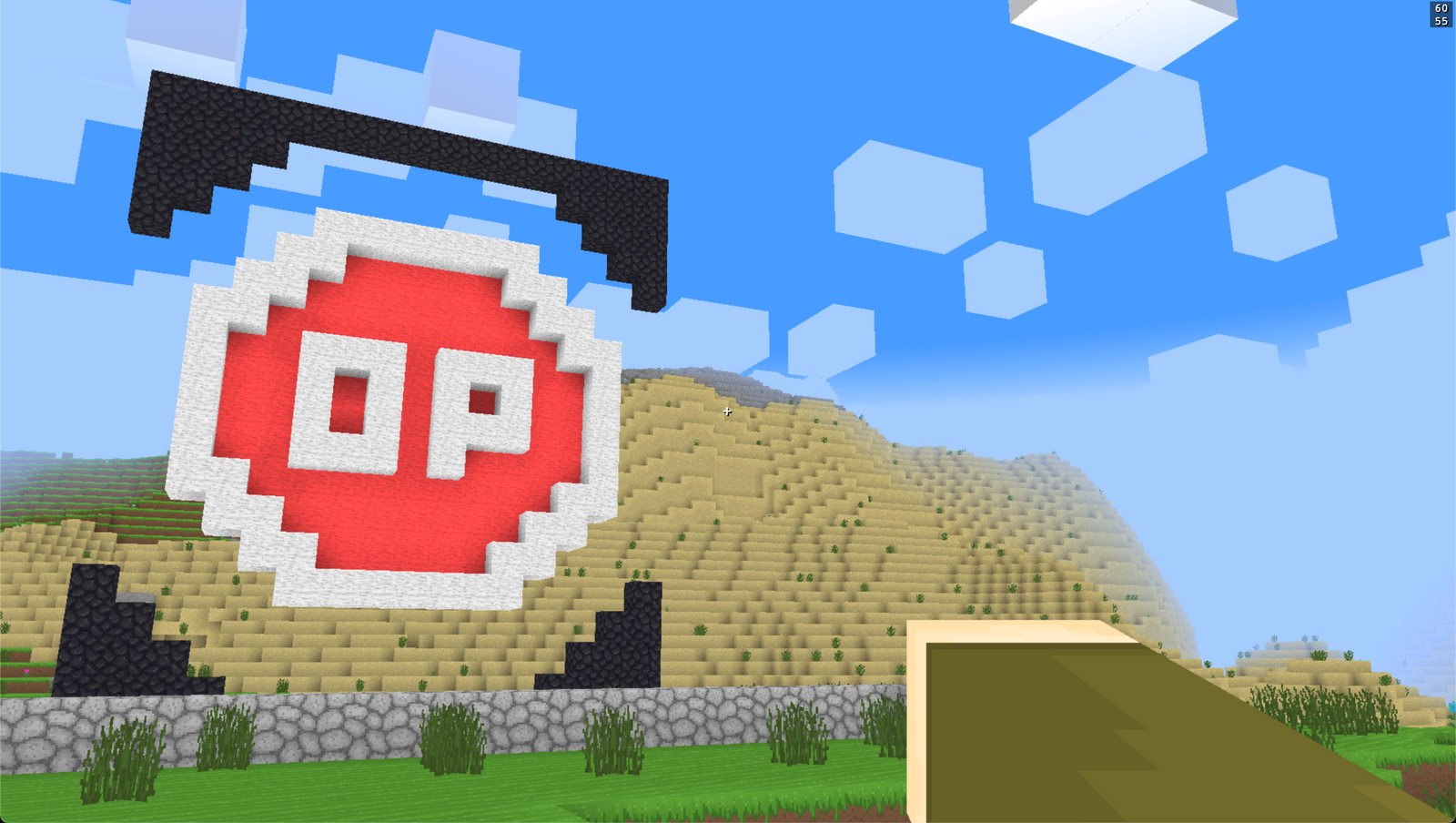Is This Finally Crypto Gaming’s Moment?

Dear Bankless Nation,
Crypto gaming has always felt like a no-brainer, but the implementation and infrastructure have been lacking until now. As crypto matures and some gamers slowly warm up to the idea of NFTs, development teams are starting to churn out titles that are actually fun.
Today, we take a look at the burgeoning space of GameFi and some of its most exciting developments.
- Bankless team
Digging into the Crypto Gaming Sector
Bankless Writer: Ben Giove

What will onboard the next wave of users into crypto?
That’s the question that the Bankless squad and many other degens are asking ourselves as we trod our way through this bear market. As we tick through the list of possible candidates, one has emerged in our minds as a clear front-runner: Gaming.
Crypto gaming offers numerous benefits to players over traditional games, such as ownership of in-game assets and progress, the ability to earn real income, and cross-game interoperability.
The potential is tantalizing and one that caught the interest of many in the tail-end of the 2021 bull run following the success of Axie Infinity. While Axie’s Play-To-Earn (P2E) model proved to be unsustainable due to heavy token inflation, the game prompted a surge of interest and funding for the sector.
Back in the throes of the bull, the hype exceeded reality. Many have already dismissed it. But despite this, the gaming space has quietly continued to build and mature throughout the bear.
So what’s the deal with crypto gaming? What are the different types of games out there? What are the different kinds of assets we can ape? And what are some of the most promising gaming ecosystems today?
We'll answer those questions and more in our ultimate guide to crypto gaming!
Types of Games
There are numerous ways to classify the different types of crypto games. For our purposes, we’ll do so by categorizing each game by its target audience, i.e. the type of gamer it’s building for.

👾 Web 2.5 Games
Web 2.5 games are ones that are targeting “normie” gamers.
These games aim to re-create a traditional gaming experience and complement it with crypto elements, such as ownership of in-game items via NFTs. Generally, web 2.5 games will place these crypto elements in the background or as an opt-in feature. In an ideal world, users would be able to play these games without knowing that they are interacting with a blockchain at all.
Players can typically access Web 2.5 games through both a traditional email/password login or by connecting their Web3 wallet. This creates an onboarding flow that can easily attract both conventional gamers as well as crypto natives.
A few examples of Web 2.5 games are titles such as Deadrop, an FPS game being developed by Midnight Society, Illuvium, an Immutable X based auto-battler, and The Fabled, an in-development, fantasy RPG.

🔮 Web3 Games
Web3 games are titles that are targeting existing crypto users.
These titles are intended for players that are already active in and familiar with the crypto world and, as a result, often require intimate interaction with a blockchain in order to participate fully. For example, a user may have to purchase an NFT (which often can represent their playable character) in order to access the game and/or earn rewards.
Web3 games will often have crypto at the core of the game loop and experience. This financial component helps create a sticky model where users can earn money playing the game.
Of course, there is no such thing as a free lunch, and these models have varying degrees of sustainability. For instance, Play-To-Earn (P2E), where users earn tokens for participating in the core game loop, has been criticized for its lack of sustainability, as it's often dependent on highly inflationary token rewards to compensate for lackluster gameplay.
As a result, games have now begun experimenting with more sustainable models such as Risk-To-Earn (R2E). In this model, players will be able to wager tokens in PVP modes, with the winner earning at the expense of the loser. This model can alleviate sustainability concerns, as it's not dependent on inflation, particularly if the wager token is an asset independent of the game such as ETH or a console token like MAGIC or IMX.
When it comes to onboarding, some Web3 games will offer email login, but many only support Web3 wallets.
There are numerous examples of Web3 games, such as Axie Infinity, Worldwide Webb, Pixels, The Beacon, and others.

⛓ On-Chain Games
On-Chain Games go a step beyond Web3 titles and appeal to the crypto power user.
These titles are novel in that the game logic lives entirely on-chain via smart contracts. On-chain games can range from very simple PVP battlers to highly complex strategy games, but are unique in that they possess the properties of any other smart contracts such as composability and immutability.
This means that developers and players can permissionlessly interact, fork and build on top of an on-chain game, creating never-before seen capabilities for interoperability and user-generated content.
We are just beginning to scratch the surface of the capabilities for fully on-chain games, and these titles are still in their earliest innings with the scalability tech needed to support them finally coming online.
Some prominent examples of on-chain games are Dark Forest, Lattice’s OPCraft, and StarkNet’s Influence and Realms. For more on on-chain games, see our previous article -- the Promises of Blockchain Gaming.
Types of Gaming Assets
There are already an innumerable number of gaming related assets. However, broadly speaking, they can be bucketed into three distinct groups:
1. Console Tokens
You can think of a console token as a tokenized Xbox or PlayStation. Broadly speaking, these tokens, like traditional gaming consoles, are ones that tie together a group of multiple different games. Console tokens can come in many different forms including L1, L2 or a traditional governance token in the case of shared resource gaming ecosystems.
Each differs in the way it is used within their respective ecosystem, but generally speaking, aside from governance or network security, a console token will be used as money within that gaming ecosystem.
For instance, NFTs will often trade or be denominated in a console token, while individual games will utilize the token for P2E and/or R2E game modes. The console token may also be used to align incentives and share resources across multiple titles such as in the case of Treasure DAO and Echelon. These properties mean that console tokens are most similar to currencies, with their value stemming from supply and demand for usage within their respective gaming ecosystems. It also means they provide a way to get exposure to a variety of different games without having to bet on the success of any one in particular.
Some examples of console tokens include IMX (Immutable X), RON (Ronin Network), MAGIC (Treasure DAO), Prime (Echelon) and GALA (Gala Games).
2. Individual Game Assets
Unlike other areas of crypto such as DeFi, getting exposure to a game is not always as simple as buying the governance token.
Each game will generally have multiple different assets, such as a governance token, a rewards token, a PFP collection, utility NFTs, NFTs representing characters/in-game items and more! This means that the optimal strategy for getting exposure differs from game to game and is highly dependent on its design. There is no one size fits all -- the only way to truly know is by playing and becoming immersed in the games themselves.
For investors, individual games are a bit of a siren song. Investing in them is the ultimate high-risk, high-reward endeavor. It’s feast or famine. Just like movies or biotech stocks, games are very much a hits business. The vast majority of them are likely to be flops, saddling their early investors and collectors with assets that have minimal value. However, a select few games will be hits, and as a result, should deliver immense returns for investors.
3. Supporting Infrastructure
For a game and its economy to be successful, numerous pieces of supporting infrastructure have to be in place such as marketplaces, game launchers, developer tools and asset issuance protocols.
These “picks and shovels” are the broadest way to get exposure to crypto games, as they benefit from the growth of the vertical as a whole without requiring investors to pick winners among individual titles and/or ecosystems.
There are limited opportunities for your average degen, as many of these infrastructure bets are siloed to the private markets. However, we’re likely to see more opportunities become available in the public markets as the space matures over time.
MetaMask Learn is an educational resource to help people understand what web3 is, why it matters, and how to get started. Consider adding MetaMask Learn to your onboarding guides if you’re a dapp developer or NFT creator to give your community the welcome they deserve.
Game Ecosystems
Whether they be an L1, L2, or chain-agnostic, there are a plethora of different gaming ecosystems. Let’s touch on a few of the most promising below:
Immutable X
Immutable X is a gaming focused Layer 2 built using StarkEx which provides users with gasless and near instant transactions.
Although Immutable lives within the StarkWare ecosystem, it will soon be launching a zkEVM using Polygon’s tech stack. This should allow Immutable to benefit from easier onboarding, due to EVM compatibility, as well as the network effects and liquidity from the Polygon ecosystem, all while retaining a similar (if not greater) level of scalability.
Immutable X has a growing ecosystem of popular games, such as Gods Unchained, a trading-card game, and Illuvium, an auto-battler and RPG. There are numerous other highly anticipated titles in the works, such as Guild of Guardians and Ember Sword.
The console token of Immutable is IMX, which is used for governance and gas within the network, and this utility will remain after the launch of its zkEVM.
Treasure DAO
Treasure DAO is an ecosystem of games that are connected by the MAGIC token.
Treasure is aiming to build a “decentralized Nintendo” where each game gets to benefit from the economic value of MAGIC as well as shared resources like Trove, an NFT marketplace and game launcher, MagicSwap, an AMM, internal marketing and development resources, as well as a passionate community of players and collectors.
MAGIC is used as money within the Treasure ecosystem, and is emitted through a game called Bridgeworld, where players compete to earn the right to these emissions. There are numerous other games within the Treasure ecosystem which have seen traction such as The Beacon – a Dungeon Crawler, BattleFly – a risk-to-earn auto battler, and ZeeVerse – a monster-tamer MMORPG.
Treasure DAO is live on Arbitrum and received 8M ARB tokens as a part of the L2’s airdrop, which it should be able to utilize to help onboard new players over the coming months.
StarkNet
StarkNet is a zkRollup that settles to Ethereum.
StarkNet has a growing gaming ecosystem with an emphasis on on-chain games. These games benefit from StarkNet's scalability, enabling low-cost transactions for a smooth gameplay experience.
Some of the popular titles within the StarkNet ecosystem include Realms and Influence, which are two highly anticipated MMO world building games. These, and other games on the L2, can be accessed through Cartridge, a game launcher that is similar to Treasure DAO’s Trove.
StarkNet is an intriguing gaming ecosystem to watch in the long-run, though it may struggle to garner adoption in the short-term due to the difficulty of onboarding to a non-EVM compatible network.
Other Crypto Gaming Ecosystems
There are numerous gaming ecosystems that offer an array of different blockchain gaming experiences.
Besides Immutable, there are other gaming-oriented L1s and L2s such as Ronin, the chain developed by Sky Mavis which hosts Axie Infinity, and Myria.
Generalized networks such as Polygon, Avalanche and Solana have also focused heavily on attracting game developers. Although they have yet to produce a breakout game, unearthing a hit could position them as a go-to venue for games by attracting more studios, players and liquidity.
There are also several other shared resource ecosystems in the mold of Treasure that are beginning to emerge. One of the most notable of these is Echelon, which will utilize the PRIME token and whose team developed Parallel, a highly anticipated trading card game that is currently in closed alpha.
Other projects, such as Trident DAO, an Arbitrum-based battler which will utilize the R2E model, have also hinted at onboarding other games into their folds.
🎮 Play Attention
As we can see, the gaming ecosystem is expansive, with several distinct target audiences, an assortment of unique assets and numerous promising ecosystems. And this guide has only begun to scratch the surface of the space.
We don’t know when the nascent space will take off or who the big winners will be, but you’d be wise to keep close tabs on gaming over the coming months 🫡
